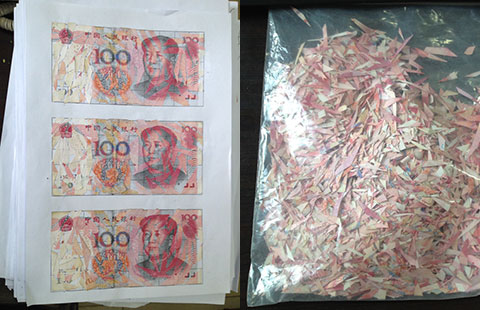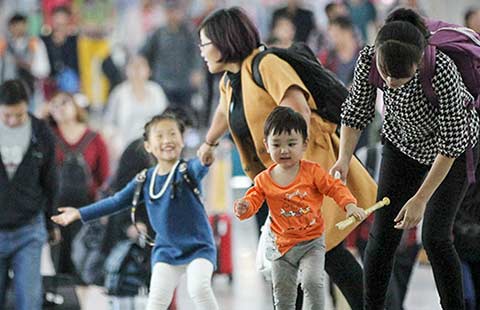Microsoft, IBM eye technology to forecast air pollution in China
By JACK FREIFELDER in New York (chinadaily.com.cn) Updated: 2016-01-19 10:26In December, Beijing officials declared two "red alerts" as a warning that heavy pollution was expected for several days across the capital.
Five other cities soon followed suit (Tianjin and four cities in Hebei province: Baoding, Handan, Langfang and Xingtai). China enacted its emergency air-pollution response system in 2013.
Ming Xu, an assistant professor at the University of Michigan, said one of the main drivers to promote the quality of measures to combat air pollution in China is "what Beijing residents see and feel everyday".
Xu, who teaches at Michigan's School of Natural Resources and Environment, told China Daily in an email that he believes people are well educated on the metrics and indicators of air pollution issues in China, like the PM2.5 air quality index, which measures particulate matter with a diameter less than 2.5 microns that can be harmful to one's health.
"But people need to know also how these numbers are produced (e.g., from direct measuring or estimation/forecasting)," Xu wrote. "If it is estimation and/or forecasting, scientists should do a better job to explain the method and make sure people understand its limitations."
Events such as the Winter Olympics in 2022, which are going to be held in and around Beijing, could serve to help emphasize the need to have better air-quality improvement measure in place, Xu added.
"The Chinese government went to great lengths to reduce pollution for the 2008 Summer Olympics in order to protect the health of athletes and spectators alike," Dong said.
"This time they will be able to target specific activities — with the maximum effect, but with much less impact on economic activity and the daily lives of citizens," Dong added.
Nonetheless, "forecasting smog is different from forecasting air quality," Zheng wrote. And that can make for a "very complicated problem".
"[Smog] is a kind of weather condition, whereas [air quality] is the concentration of air pollutants. Air quality is impacted by multiple complex factors, such as weather conditions (foggy, smoggy, rainy), traffic conditions, pollution emission from factories, and the dispersion condition of a location," Zheng said.
"In short, forecasting air quality is much more difficult than forecasting smog," he said. "The two have a certain correlation but are not the same thing."
- KMT says it's time for review after rout in vote
- Young Chinese shooting victim mourned in US
- China playing major role in oil selloff
- Database launched to check identity of Living Buddhas
- China's securities watchdog denies resignation offer from chairman
- China's railway numbers are envy of the world
- Chinese rank among world's wealthiest 62
- Students balk over pledge of sex fidelity
- Chinese science awards to emulate Nobel Prize
- 1992 Consensus stressed by mainland after Taiwan poll







